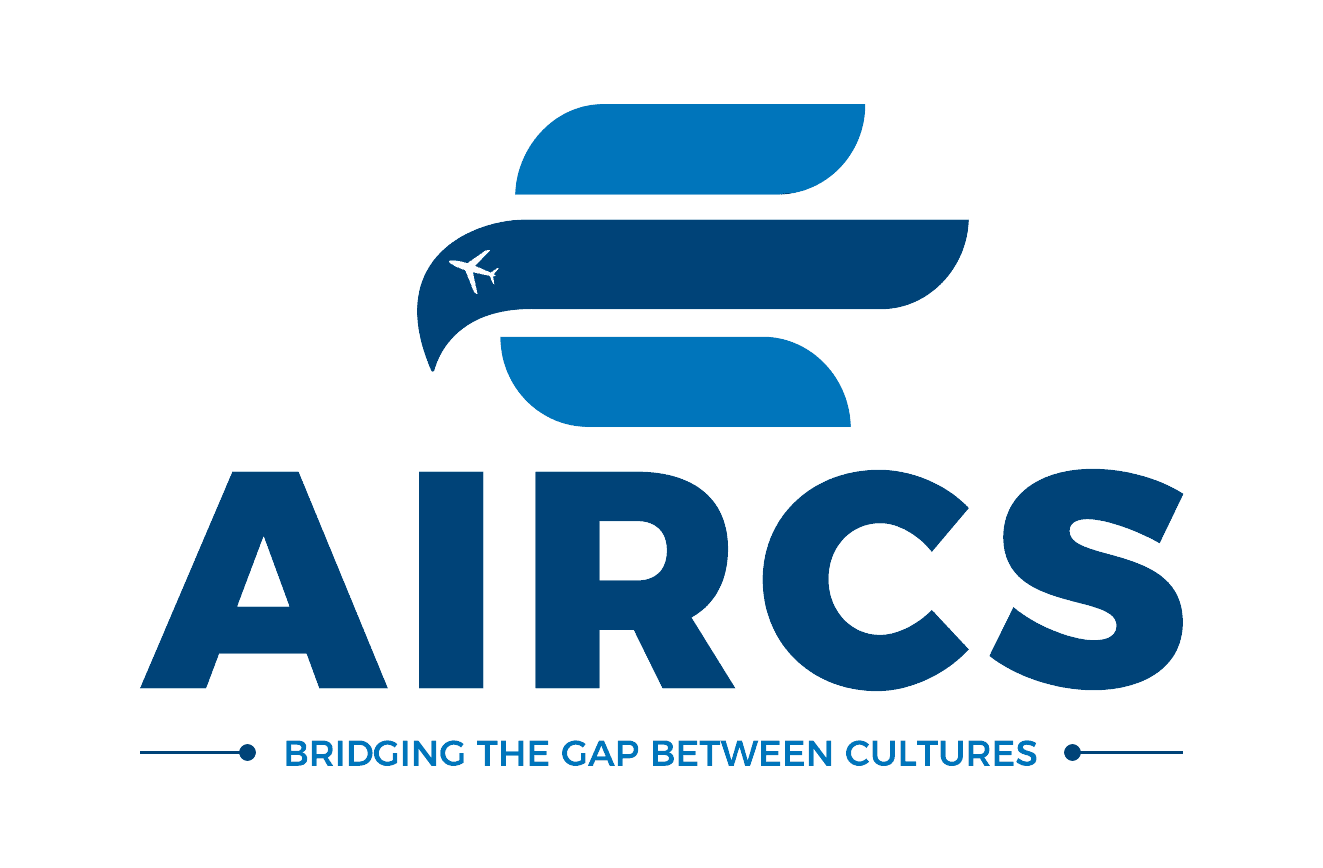Visit Visa for Malaysia: Application and Approval Process
Malaysia, known for its rich culture, breathtaking landscapes, and vibrant cities, is a popular destination for travellers from around the globe. If you’re planning to explore this beautiful country, you’ll likely need a visit visa, depending on your nationality. Here’s a comprehensive guide to help you navigate the application and approval process for a Malaysian visit visa.
Types of Visit Visas
Malaysia offers several types of visit visas, with the most common being:
- Visa on Arrival (VoA): Available to citizens of certain countries, this visa allows you to enter Malaysia without prior application.
- Single Entry Visa (SEV): This is for travellers who plan to visit Malaysia once and stay for a short period.
- Multiple Entry Visa (MEV): Suitable for those who intend to enter and exit Malaysia multiple times during their stay.
Who Needs a Visa?
Citizens of some countries can enter Malaysia without a visa for short stays (usually 30 to 90 days). However, travellers from other countries will need to apply for a visit visa before arriving. It’s crucial to check the current visa requirements based on your nationality on the official Malaysian Immigration Department website or through the nearest Malaysian embassy or consulate.
Application Process
Step 1: Determine Visa Type
Identify which type of visa you need based on your travel plans. The most common choice for tourists is the Single Entry Visa. If you’re travelling for business or multiple visits, consider the Multiple Entry Visa.
Step 2: Gather Required Documents
The documentation required may vary slightly depending on your nationality and the type of visa you are applying for. Generally, you will need:
- A completed visa application form (available online or at the embassy)
- A valid passport with at least six months’ validity from your planned date of entry
- Recent passport-sized photographs
- Proof of accommodation in Malaysia (hotel bookings or an invitation letter)
- Proof of sufficient funds for your stay (bank statements)
- A confirmed return flight ticket
- Additional documents may be required for specific circumstances (e.g., business travellers might need a letter from their employer).
Step 3: Submit Your Application
You can submit your application through various channels:
- Online: Some visa types can be applied for online through the official Malaysian eVisa portal.
- Embassy/Consulate: Visit the nearest Malaysian embassy or consulate. Submit your application and documents in person.
- Visa Application Centers: In some countries, you may also apply through designated visa application centres.
Step 4: Pay the Visa Fee
Visa fees vary depending on the type of visa and your nationality. Ensure you pay the correct amount and keep the receipt, as it may be required later.
Step 5: Wait for Processing
The processing time for a Malaysian visit visa can range from one to several working days, depending on the type of visa and your country of application. It’s advisable to apply well in advance of your intended travel date to avoid any last-minute issues.
Step 6: Receive Your Visa
Once your visa is approved, you will be notified to collect it from the embassy, consulate, or application centre, or it may be sent to you via email if you applied online. Double-check the visa details, including validity dates and conditions, before travelling.
Approval Process
While the approval process can be straightforward for most applicants, it’s important to remember the following tips:
- Ensure Completeness: Make sure all your documents are complete and accurate. Any discrepancies can lead to delays or rejection.
- Be Honest: Provide truthful information throughout your application. Any false information can result in being barred from entering Malaysia in the future.
- Stay Updated: Immigration policies can change, so stay informed about any changes to visa requirements or application processes.


